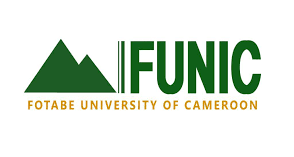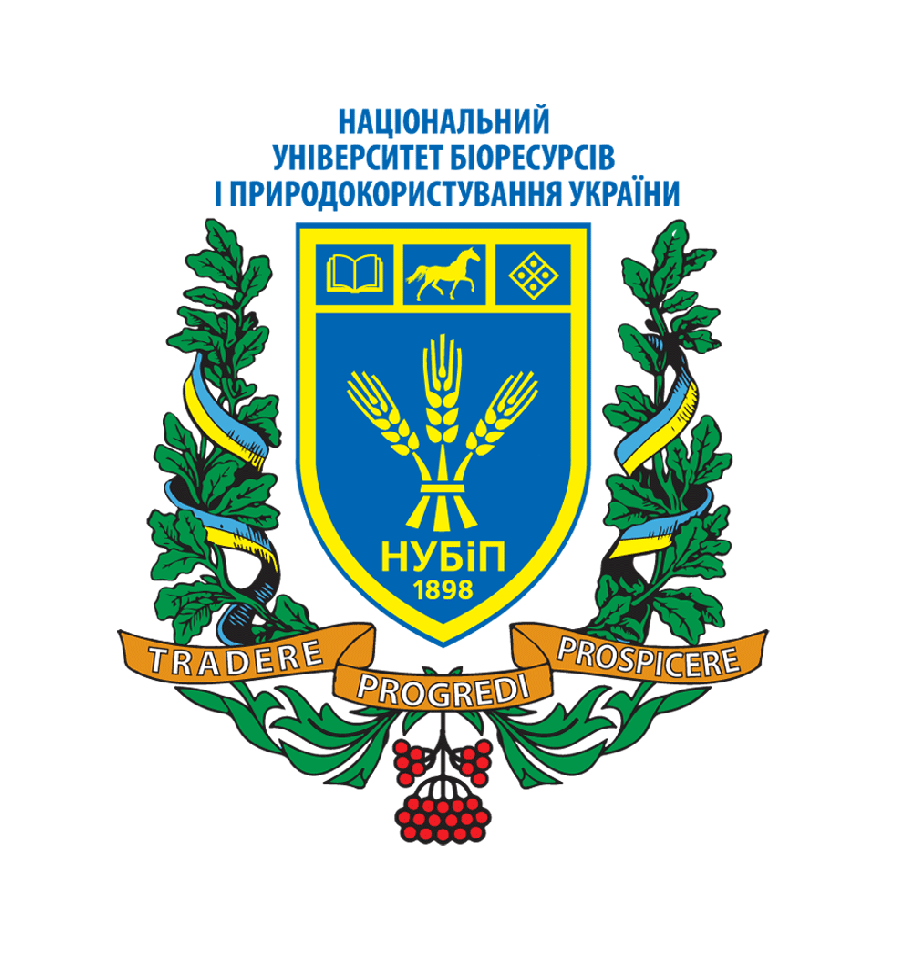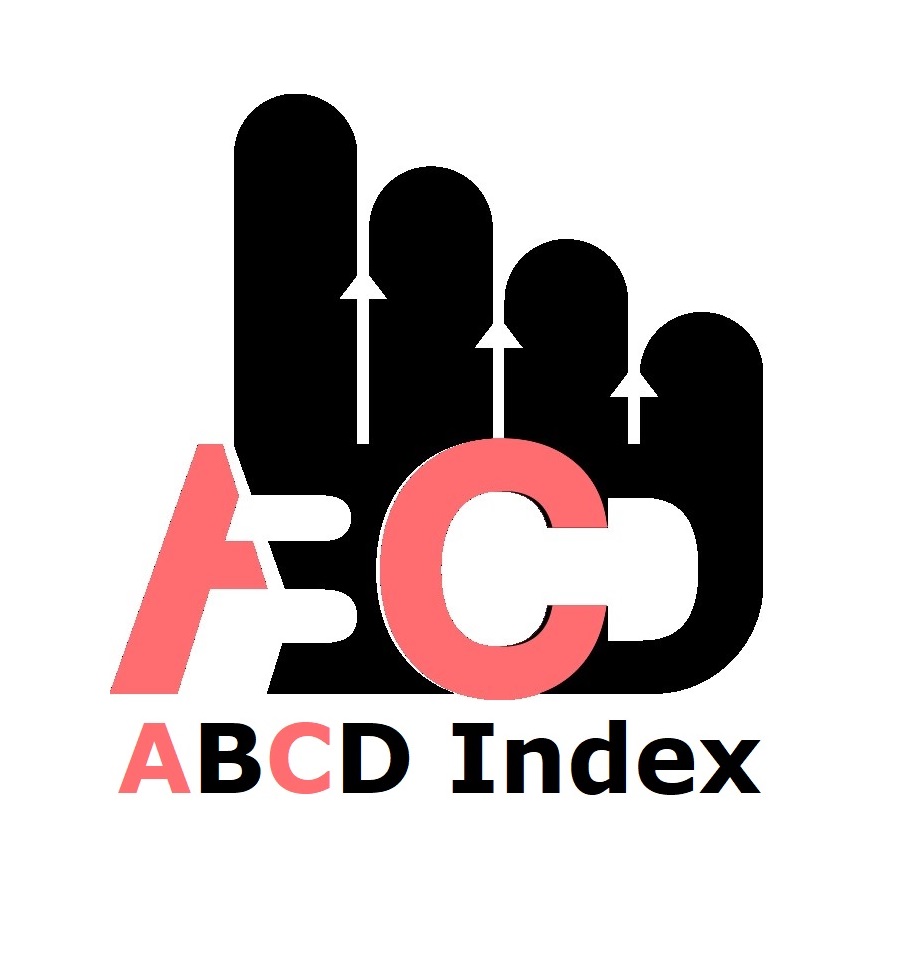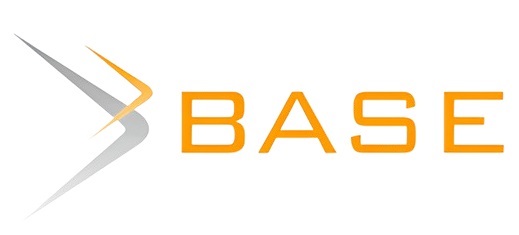Assessment of Competency and Biosafety in Mortuary Science Practice Among Practicing Morticians in Western Kenya
Keywords:
Assessment, Biosafety, Competency, Mortuary, Science, Practice, Practicing Morticians, Western, KenyaAbstract
Human bodies are fundamental specimens used in medical education. They are widely used and indispensable in the training of medical and allied students, practicing morticians, and in biomedical research. However, contradictions abound in the use and exchange of human tissue. Human bodies are generally understood to carry moral worth and command respect, consideration, and care. Still, they are nonetheless transformed into commodities by institutional practices that depend on a steady supply of human tissue. The objective of the study was to assess the Competency and Biosafety in Mortuary Science Practice among practicing morticians in Western Kenya. Specifically: to evaluate the level of bio-safety skills among practicing morticians, determine the competencies required of practicing morticians, and determine factors associated with competency and biosafety skills among practicing morticians in Western Kenya. This study was guided by the Context Input Process Product [CIPP] evaluation model. A cross-sectional design was used where qualitative and quantitative data was collected. The target population was trained practicing morticians in the Western region of Kenya. The sample size was determined using Yamane’s formula, yielding a sample size of 89 out of 348 study subjects. A semi-structured questionnaire was used, with purposive sampling strategy applied to get practicing morticians in Western Kenya. Data was analyzed using SPSS software version 28, and the findings have been presented in the form of tables, graphs, and charts. The most undertaken training was the use of Personal Protective Equipment (n=348, 97.80%). Training in handling of sharps and waste at n=23 (1.1% and 2.2%, respectively) were the lowest score outcomes. Most of the respondents reported always (47%) applying their biosafety skills in their practice. Overall, 82% demonstrated a high level of proficiency in biosafety skills. Most were highly proficient at technical skills (58.40%), ethical skills (86.50%), and 82% had a high proficiency in business management. The overall competence level was determined as respondents with a high proficiency level in at least three of the four measured skills. 71.9% of the practicing morticians were found to be competent. County and facility type influenced competence. Practicing morticians in Kakamega County were 69% less likely to be competent compared to those in Vihiga County. Practicing morticians in public facilities were 2.13 times more likely to be competent compared to those in missionary facilities in Western Kenya. Personal demographic factors were not influential in determining competence. In conclusion, there was a high level of proficiency in biosafety skills at 82%, with a high level of competency among practicing morticians in Western Kenya at 71.90%. Facility type had an influence on competency, with practicing morticians in public facilities being 2.13 times more likely to be competent compared to those in missionary facilities in Western Kenya. Therefore, continuous training in biosafety skills in practicing morticians should be encouraged, competency-based training in practicing morticians should be fostered, and mortuary facilities should be equipped with necessary resources.
Published
How to Cite
Issue
Section
Copyright (c) 2025 Patrick Myles Wangira, Harun Chemjor, David Kigaya Kaniaru

This work is licensed under a Creative Commons Attribution-NonCommercial 4.0 International License.
Most read articles by the same author(s)
- Benson Avomba Mwalati, Gladys Jepkorir Mengich, David Kigaya Kaniaru, Perception of clinical learning environment among undergraduate health-based students at Masinde Muliro University of Science and Technology, Kenya , African Journal of Empirical Research: Vol. 6 No. 3 (2025): Jul-Sep 2025























